Explore the diverse range of plastic materials that can undergo the transformational process of extrusion, molding them into useful shapes for construction.
Plastic materials that can be extruded run the gamut from thermoplastics such as polyethylene, polypropylene, and PVC, to more specialized polymers like polystyrene, polycarbonate, and polyethylene terephthalate.
The extrusion process, which involves heating and forcing the material through a shaped opening, is versatile and can be used to create a multitude of products in the construction industry, from pipes and insulation to window frames and siding.
This article delves into the details of these materials and their application in extrusion for construction purposes.
Key takeaways:
- PVC, ABS, and HIPS are popular plastics for extrusion.
- Noryl® PPO, PETG, and Polyethylene are additional materials for extrusion.
- Polypropylene, EHMW, and TPE are also suitable for extrusion.
- TPU, TPO, and TPV offer unique properties for extrusion.
- Plastic extrusion is used in construction for frames, insulation, pipes, and more.
Types of Plastics Used in Extrusion: PVC, ABS Plastic, High Impact Polystyrene (HIPS)
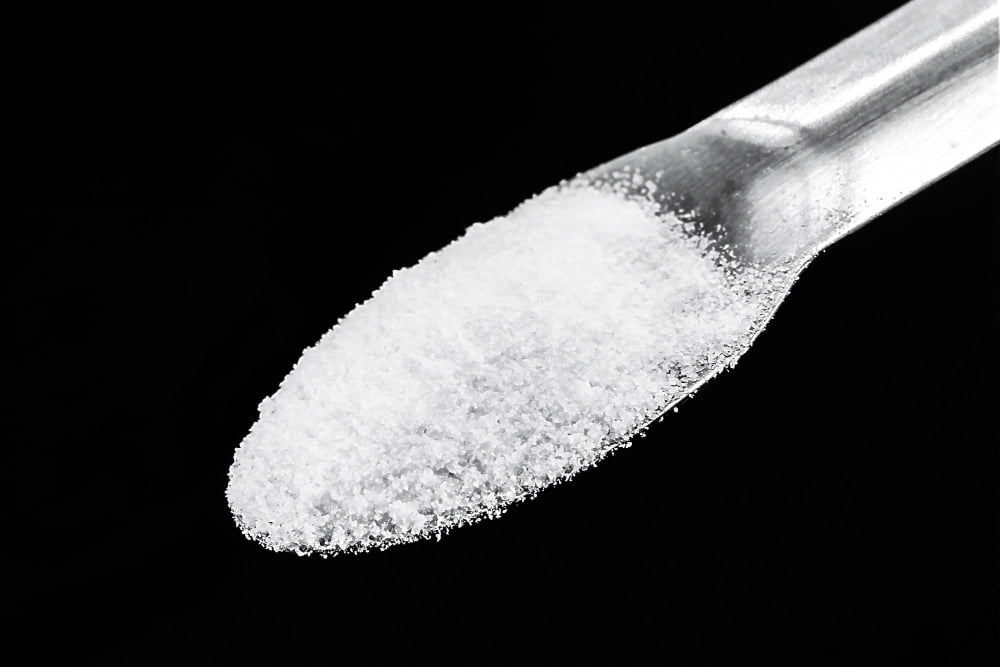
Polyvinyl chloride (PVC) is a popular choice for its high thermal and chemical resistance. Its wide range of applications includes pipes, siding, and profiles. PVC can be made even more durable with the addition of plasticizers which makes it perfect for both flexible and rigid products.
Acrylonitrile Butadiene Styrene (ABS) plastic is characterized by its strength, toughness, and temperature resistance. These features make ABS extrusion a good option for applications where durability and aesthetics are important such as guards, covers, and panels.
High Impact Polystyrene (HIPS) is known for its superior impact resistance and ease of processing. It presents an outstanding solution for intricate profiles. This material is perfect for indoor applications as it may degrade under prolonged exposure to sunlight.
These three materials – PVC, ABS, and HIPS – each bring their unique properties to the table, yielding a broad spectrum of applications within the construction industry.
Additional Plastic Materials for Extrusion: Noryl® PPO, PETG, Polyethylene
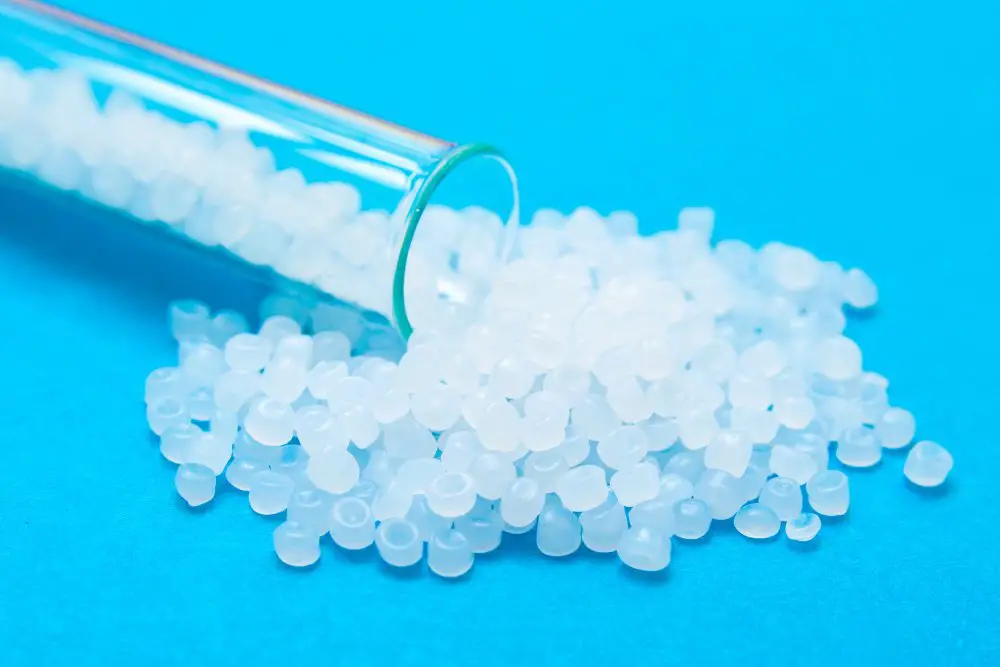
Noryl® PPO, Polyethylene Terephthalate Glycol (PETG), and Polyethylene are additional materials for plastic extrusions, possessing unique qualities that make them useful in distinct circumstances.
Noryl® PPO, a blend of polyphenylene oxide (PPO) and polystyrene, offers the advantage of excellent dimensional stability coupled with low moisture absorption. It’s often selected when requirements for electrical insulation are paramount, as in certain construction or electronic applications.
PETG is known for its easy formability and exceptional toughness. Its transparency and impact resistance make it ideal for use in safety equipment, such as face shields, eye protection, and safety guards on machinery.
Polyethylene is another commonly extruded material. It comes in several densities: Low-Density Polyethylene (LDPE), High-Density Polyethylene (HDPE), and Ultrahigh-Molecular-Weight Polyethylene (UHMWPE). LDPE is widely employed in making plastic bags and packaging films. On the other hand, HDPE is utilized extensively in piping system components due to its high toughness and resistance to chemicals. UHMWPE boasts even higher performance capabilities, such as superb wear resistance and high impact strength, making it ideal for demanding applications like industrial gears.
Further Types of Plastics in Extrusion: Polypropylene, Extra-High Molecular Weight (EHMW), Thermoplastic Elastomer (TPE)

Polypropylene stands out for its excellent chemical resistance and durability. Widely deployed in both structural plastic and fiber, its properties make it ideal for piping systems and sturdy containers.
Extra-High Molecular Weight (EHMW) polyethylene features an incredibly high level of impact strength. Even in extremely cold environments, this type of plastic can resist cracking and deformation, making it an all-star for industrial applications that require several heavy-duty capacities.
On the other hand, Thermoplastic elastomers (TPEs) highlight flexibility and a wide range of temperature resistance. TPEs combine the beneficial qualities of rubber-like flexibility and elasticity with the processing efficiency of plastics. These attributes make them highly valuable for making weather seals and gaskets in the construction industry.
Remember, selecting the correct type of plastic for extrusion is essential. Numerous factors must be considered, such as the required strength, flexibility, temperature resistance, and chemical resistance. Additionally, consider the manufacturing process and end usage of the product. It’s crucial to choose a plastic that’s not only feasible for extrusion but also meets the performance requirements of the final product.
Details On More Plastics Utilized in Extrusion: Thermoplastic Polyurethane (TPU), Thermoplastic Olefin (TPO), Thermoplastic Vulcanizates (TPV)
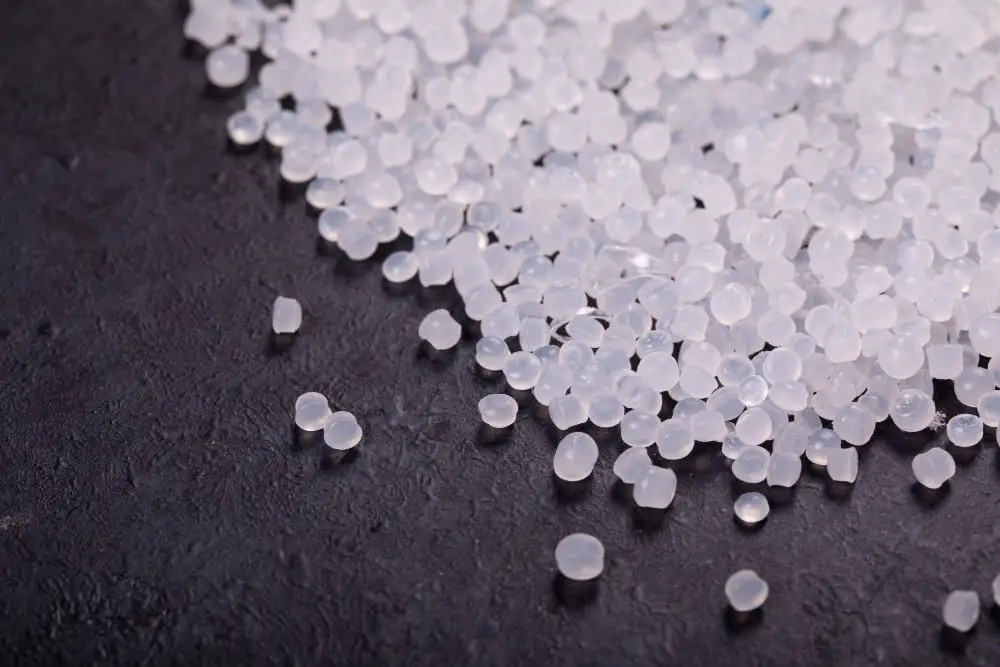
Thermoplastic polyurethane (TPU) exhibits excellent durability and strength characteristics due to its unique blend of hard and soft segments. It is flexible and resistant to abrasion, making it a great choice for applications requiring longevity and reliability.
Shifting onto Thermoplastic olefin (TPO), it is recognized for lightweight strength and resistance to environmental conditions. It offers an impressive resistance to chemical exposure and UV radiation, ensuring longevity in construction applications.
Lastly, Thermoplastic vulcanizates (TPV) are rubber-like materials that exhibit properties of both plastic and elastomeric materials but are processed like a plastic. They perform exceptionally well under harsh conditions making them ideal for challenging construction environments, including outdoor uses where the material may often be subjected to elements such as ambient temperature fluctuation and exposure to moisture.
In using these materials for extrusion, it’s essential to consider the specific conditions and requirements of the construction project to ensure the chosen material satisfies all needs for durability, flexibility, and overall performance.
Impact of Custom Profile Materials in Plastic Extrusion
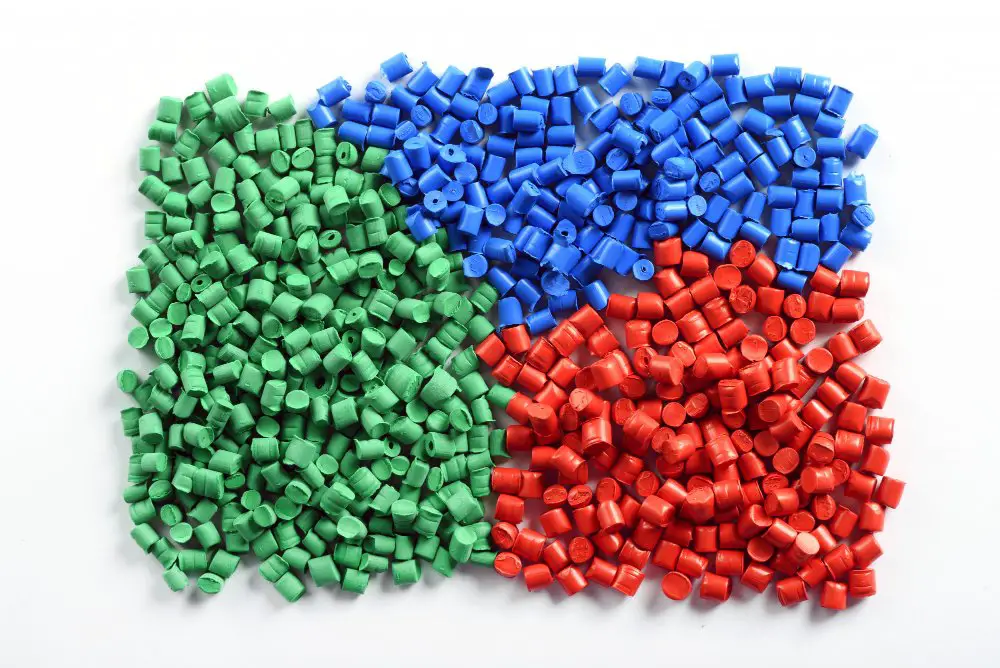
Custom profile materials play a crucial role in plastic extrusion, influencing different aspects such as product dimensions, quality, and durability. The impact is significant because every bespoke product must meet certain specifics and functional requirements of the construction process, to ensure reliability in the whole structure.
Firstly, the variety of custom profile materials allows for versatility in the extrusion process. The types of plastics available have diverse physical properties- flexibility, hardness, transparency, and resistance to heat or chemical interaction. Here, the selection of the suitable plastic assures it fulfills the required conditions.
Secondly, the suitability of the plastic material for extrusion affects its manageability in the process. For example, softer plastics may be easier to shape and manipulate, whereas harder plastics offer more rigidity, albeit more challenging to process.
Thirdly, custom profile materials have ramifications on the final product’s durability. Certain plastics are more resistant to environmental factors such as UV radiation or temperature fluctuations. Consequently, it is essential to choose a material that ensures durability in the desired application, especially for structures exposed to harsh environments.
Lastly, custom profile materials also influence cost-efficiency in construction. Higher quality plastics may involve increased costs but could save money in the long run due to less need for maintenance or replacement. It is essential to strike a balance between cost and performance for maximum value.
Plastic Extrusion Process Explanation
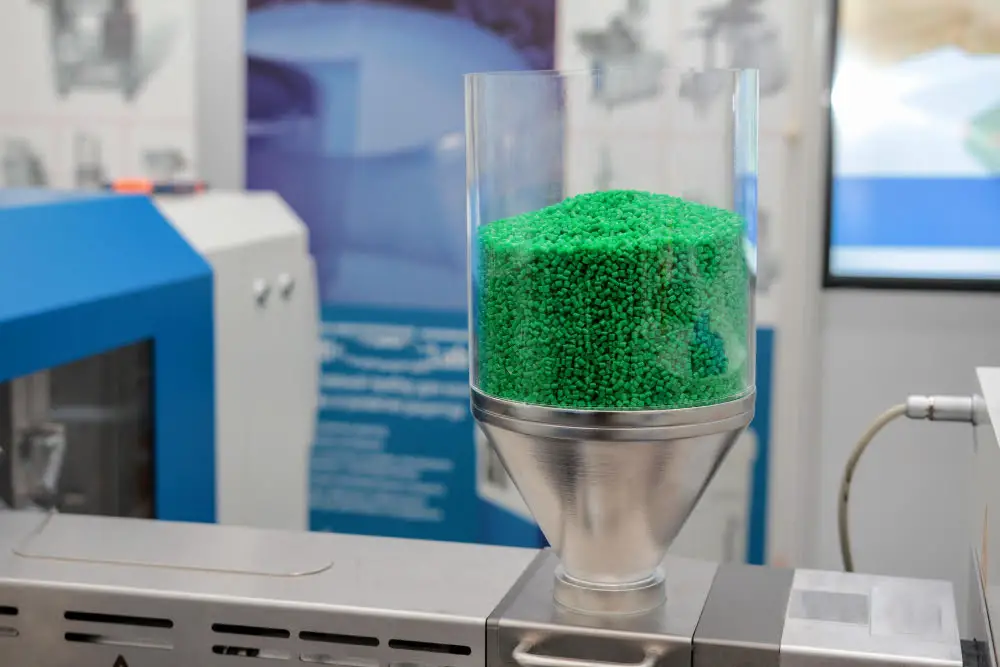
The plastic extrusion process primarily involves four steps:
1. Feeding: The selected polymer, often in the form of grains or pellets, is poured into the ‘hopper’ of the extruder machine.
2. Heating: The material moves into a barrel, where it’s heated to its melting point. This is achieved by running the polymer past a series of heaters while being squeezed and pushed by a rotating screw.
3. Shaping: The molten polymer exits the barrel through a ‘die’ – a shaped hole which the plastic is forced through – giving it its final profile shape.
4. Cooling: Once shaped, the plastic must be cooled quickly to retain its form. This is usually done by passing the material through a water bath or by blowing air onto it.
Understanding each of these steps provides a solid foundation for further exploration of specific materials used in the plastic extrusion process. After all, each kind of plastic has its unique properties, melting points, and uses in construction.
Applications of Plastic Extrusions in Construction

Plastic extrusion technology plays an indispensable role in the construction industry. It is utilized in producing various materials and components.
Extruded plastic materials form the building blocks for window and door frames due to their cost-efficiency and durability compared to traditional wood. These frames are not only resilient against weather conditions but also require less maintenance.
Insulation material is another product of plastic extrusion, vastly used to make thermal insulations, like foam boards, for enhanced energy efficiency.
PVC pipes, another outcome of the extrusion process, dominate the plumbing sector due to their resistance to corrosion and decay, unlike their metal counterparts.
Extruded plastic sheets are used as barriers in construction sites to control dust and noise, or as damp proof barrier under concrete slabs to prevent moisture ingress.
The extrusion process also gives us decorative molds – an attractive and budget-friendly alternative to plaster molding.
Let’s not forget about plastic metal-clad cables used in construction to provide power to various electrical devices. These cables are appreciated for their superior insulation qualities and resilience against wear and tear.
Then, there is the waterproofing membrane, extruded from thermoplastics, for roofing, foundations, and other surfaces exposed to water and damp. Plastic membrane is light yet robust, offering excellent sealing.
Each of these applications showcases the versatility of plastic extrusion in construction, shaping modern buildings while reducing costs and increasing durability.
FAQ
What plastics can be used in extrusion?
In the process of extrusion, plastics such as polyethylene, polypropylene, polyacetal, acrylic, nylon, polystyrene, polyvinyl chloride, acrylonitrile butadiene styrene, and polycarbonate can be used.
Can any plastic material be extruded?
Most plastic materials, particularly thermoplastics across a broad spectrum from high performance to commodity plastics, can indeed be extruded.
What materials are good for extrusion?
Metals, polymers, ceramics, concrete, modeling clay, and foodstuffs are all suitable materials for extrusion.
How does the chemical structure of a plastic affect its extrusion potential?
The chemical structure of a plastic, primarily in terms of polymer chain length and branching, determines its viscosity and melting temperature, thereby directly influencing its extrusion potential.
What technological advancements have improved the process of plastic extrusion in construction?
Technological advancements such as computer-controlled accuracy, auto-adjusting speed features, and introduction of energy-efficient twin-screw extruders have significantly improved the process of plastic extrusion in construction.
Which factors determine the suitability of a specific type of plastic for extrusion?
The suitability of a specific type of plastic for extrusion is determined by its melt flow index, heat stability, and its ability to maintain the desired properties after processing.
Recap




